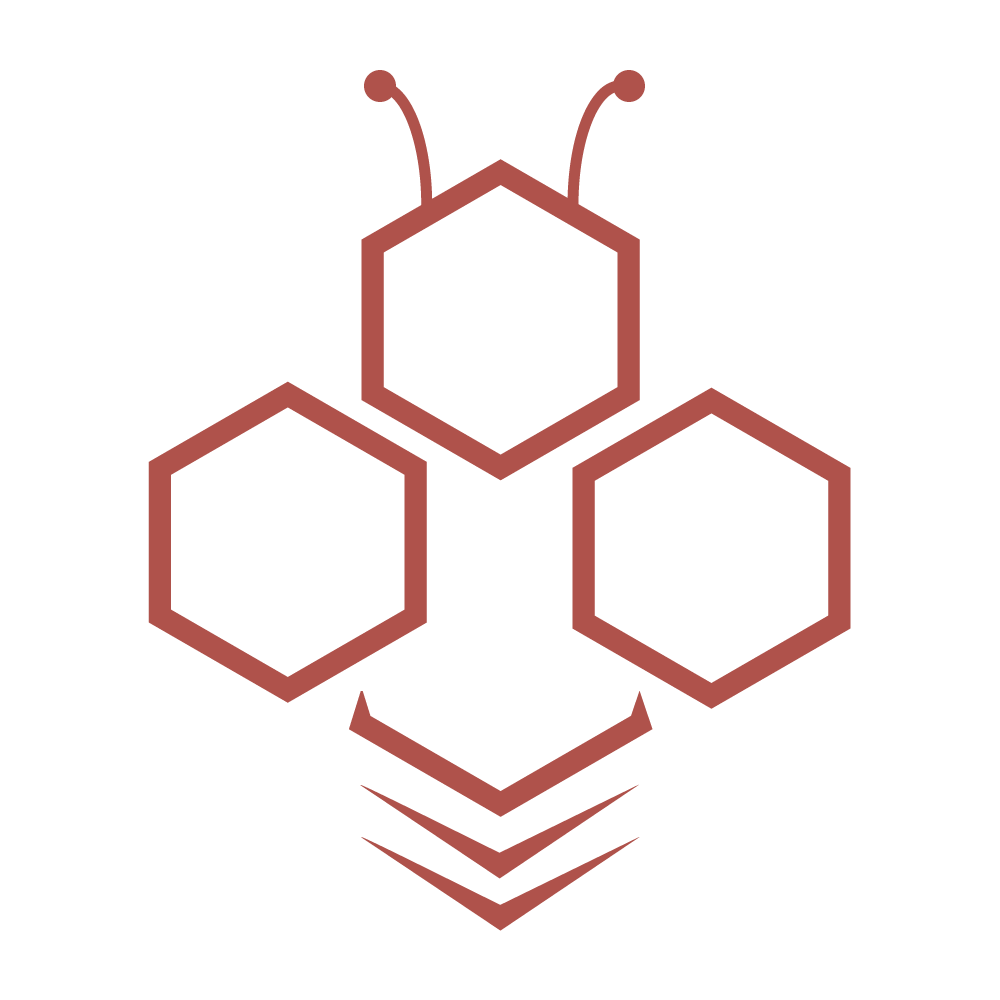Honey Bee Nutrition
A Review and Guide to Supplemental Feeding by The Honey Bee Coalition
INTRODUCTION:
“Honey bee nutrition is complex, varies seasonally and is based on the colony needs and beekeeping practices. When considering the nutritional requirements of the colony, the demands are diverse due to the complex social structure of the colony (reproductive division of labor and a distinct caste system). The overall nutritional needs of the colony vary from the nutritional demands of the larvae to those of the adults. The requirements will also vary depending on the caste (queens, workers and drones) and the age of the adults (for example young nurses versus the foragers). The beekeeper’s needs can also drive the nutritional demands of the colony, for example, ramping up brood production in late winter for almond pollination requires increased feeding of the colony.
Foragers scout the landscape for floral resources looking for pollen and nectar. Pollen and nectar provide a wide array of vital macro and micronutrients that honey bees need. In the absence of pollen and nectar, beekeepers need to provide supplemental feeding to the colonies depending on the colony brood status, the nutritional needs of the colony in preparation for the season (for example, spring feeding versus fall feeding) and the food reserves in the hives. Typically, supplemental feeding involves either feeding proteins (pollen substitutes/pollen supplements) or sugars (syrup most commonly) or a combination of both proteins and sugars.
Protein patties can be either pollen-based (pollen supplements) or non-pollen based (pollen substitutes). Traditionally, it is believed that pollen-based supplemental protein patties can be given to stimulate brood production, especially when queens may not lay eggs typically in the season. While both pollen supplements and pollen substitutes provide the proteins (and lipids) required by bees, pollen has additional nutrients that may be scant or absent in the pollen substitute diets. Pollen can also act as a phagostimulant and thus adding it to the supplemental diets can improve the diet consumption in addition to enhancing the nutritional profile of the supplement. However it must be considered that natural pollen is difficult to procure in bulk at a reasonable cost and it may also carry the risk of pathogen transmission and pesticide exposure.
The history of supplementing colonies with diets other than pollen goes back to 1655 when Samuel Hartlib suggested a supplemental diet using dry meal or bean flour, bread and ale. Later in 1875, Amos Ives Root tested various supplements with corn meal, buckwheat, rye meal, wheat flour and syrups. By then it was evident that colonies stopped rearing brood after the pollen store was exhausted and no amount of winter supplemental “meal” resulted in spring brood until pollen was reintroduced. In fact, it was also recorded that colonies craved supplemental feeding (“meals”) only if they lacked pollen stores inside the hives. Later, Mykola H. Haydak and Elton W. Herbert Jr. were the forerunners of pollen substitute research in the United States. This early pollen substitute research laid the foundation for the supplemental feeding practices that are currently used. However, it must be noted that a pollen diet has a higher nutritional value owing to the various macro and micronutrients present in pollen, and this currently cannot be replaced with any artificial supplements. However, when pollen is scarce in the landscape, supplemental feeding can be important to sustain colonies. Similar to pollen, nectar also has diverse micronutrients, in addition to carbohydrates, and syrup feeding alone will not be sufficient. Nevertheless, in times of nectar dearth, feeding supplemental sugar is also important.”
To read more, view or download the pdf by clicking the botton below.
